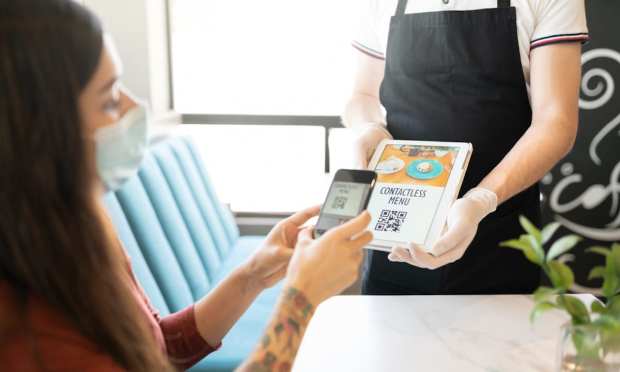Change Dominates The Menu For The Post-Pandemic Restaurant Business

After a year, the restaurant industry seems to be finally getting its wish, as nearly ⅔ of American restaurants are once again open for in-person dining, according to Wall Street Journal reports, with every state in the U.S. now allowing indoor dining. The question now, for restaurant owners nationwide, is whether or not consumers are ready to come back.
“It’s out the window, the idea of projecting your sales,” Lindsay Rae Burleson, co-owner of the Two Headed Dog, a bar and restaurant in Houston, told the WSJ.
“It’s chaos,” said Jeremy Wladis, owner of The Restaurant Group, operator of New York City, Washington, D.C and North Carolina eateries. “Every time you think you know something, it changes.”
Burleson and Wladis are, in some sense, representatives of the lucky faction of independent restaurateurs, insofar as they are still running operations. According to the National Restaurant Association, more than 110,000 U.S. restaurants closed permanently or temporarily as a result of the pandemic, as consumers relocated meals to their kitchen tables and repurposed their dining budgets to grocery runs.
It’s not that consumers don’t want to dine out — in fact, PYMNTS’ data demonstrates the opposite. Eating at restaurants makes consumers’ top five activities they are eager to resume, alongside seeing their loved ones, going to events, traveling in the U.S and shopping someplace other than a grocery store. Fifty-one percent of respondents reported they would do it more often if a vaccine were readily available, and 56 percent said they would just like to dine out more in general.
But how consumers want to dine is also undeniably changing, according to PYMNTS’ data. Consumers have learned new digital dining habits over the course of the last year — and perhaps more importantly, have learned to love them. Some 40 percent of American restaurant customers plan to maintain their digital ordering and payment behaviors once the pandemic eases.
That has put pressure on restaurants of all kinds, but particularly QSRs, to invest in technology that can enhance customers’ experiences, such as multichannel ordering solutions and apps that gamify the ordering experience. Digital loyalty programs have also come to the fore, with PYMNTS’ Delivering on Restaurant Rewards brief showing that customers who used loyalty programs spent more than double on takeout in 2020 compared to those who did not.
According to PYMNTS’ Restaurant Readiness Index, 56 percent of restaurants with customers who are using mobile order-ahead features more often have experienced increased revenues since the pandemic began, while only 13 percent of them have seen their revenues decrease.
The same research also demonstrated that 92 percent of top performers allow their customers to place mobile orders ahead of time, and the same share also provides access to loyalty and rewards programs — curbside pickup, availability on delivery aggregators and designated pick-up locations all ranked highly among customer preferences.
Consumers’ appetite for a variety of contactless payment options has also radically increased in the wake of the pandemic. Eight percent of American sellers were cashless at the start of the pandemic, but that figure surged to 31 percent by April 2020, according to one report. Recent data shows that consumers around the world prefer contactless payments, with 82 percent now viewing contactless as a more sanitary way to pay and 75 percent saying they plan to continue using contactless payments even after the pandemic has subsided.
This means how we will eat (when we choose not to cook for ourselves) will be somewhat different in the post-recovery world than it was pre-pandemic — more wired in, more multichannel and with more options across the board.
Because how consumers eat will, as always, be about choice. But that choice will now be about more than what they’re eating, and increasingly how they will receive it and pay for it.
